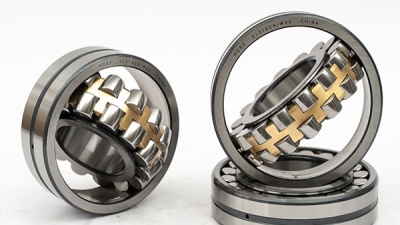How to Choose the Best Cushion Bearing for Your Industrial Needs
Table of Contents
- Understanding the Different Types of Cushion Bearings Available in the Market
- Key Factors to Consider When Selecting Cushion Bearings for Your Application
- Analyzing Load Capacity and Performance Ratings of Cushion Bearings
- Impact of Material Selection on Cushion Bearing Durability and Efficiency
- Maintenance Tips for Maximizing the Lifespan of Your Cushion Bearings
- Cost-Benefit Analysis: Investing in Quality Cushion Bearings for Long-Term Savings
- Maximize Machinery Efficiency: The Benefits of 22230 CC/W33 Self-Aligning Roller Bearings for Optimal Performance
- FAQS
- Conclusion
- Related Posts
When it comes to getting industrial machinery to perform at its best, choosing the right component is such a big deal. And honestly, one part that often gets overlooked is the Cushion Bearing. I read a recent report by Research and Markets, and it’s pretty crazy — they’re projecting the global bearing market will hit about $169 billion by 2025! There’s definitely a growing demand for specialized bearings, especially in sectors like automotive, mining, and engineering machinery. Shandong Hangshuo Bearing Co., Ltd., started back in 2015, and they’ve really made a name for themselves in this pretty high-tech field. They offer a big variety of bearing solutions for all sorts of industrial uses. Whether you’re working with textile equipment or agricultural machinery, knowing what Cushion Bearings are all about can seriously boost your machines’ reliability and performance. Seriously, it’s crucial for industry pros to pick the right ones — it can make all the difference.
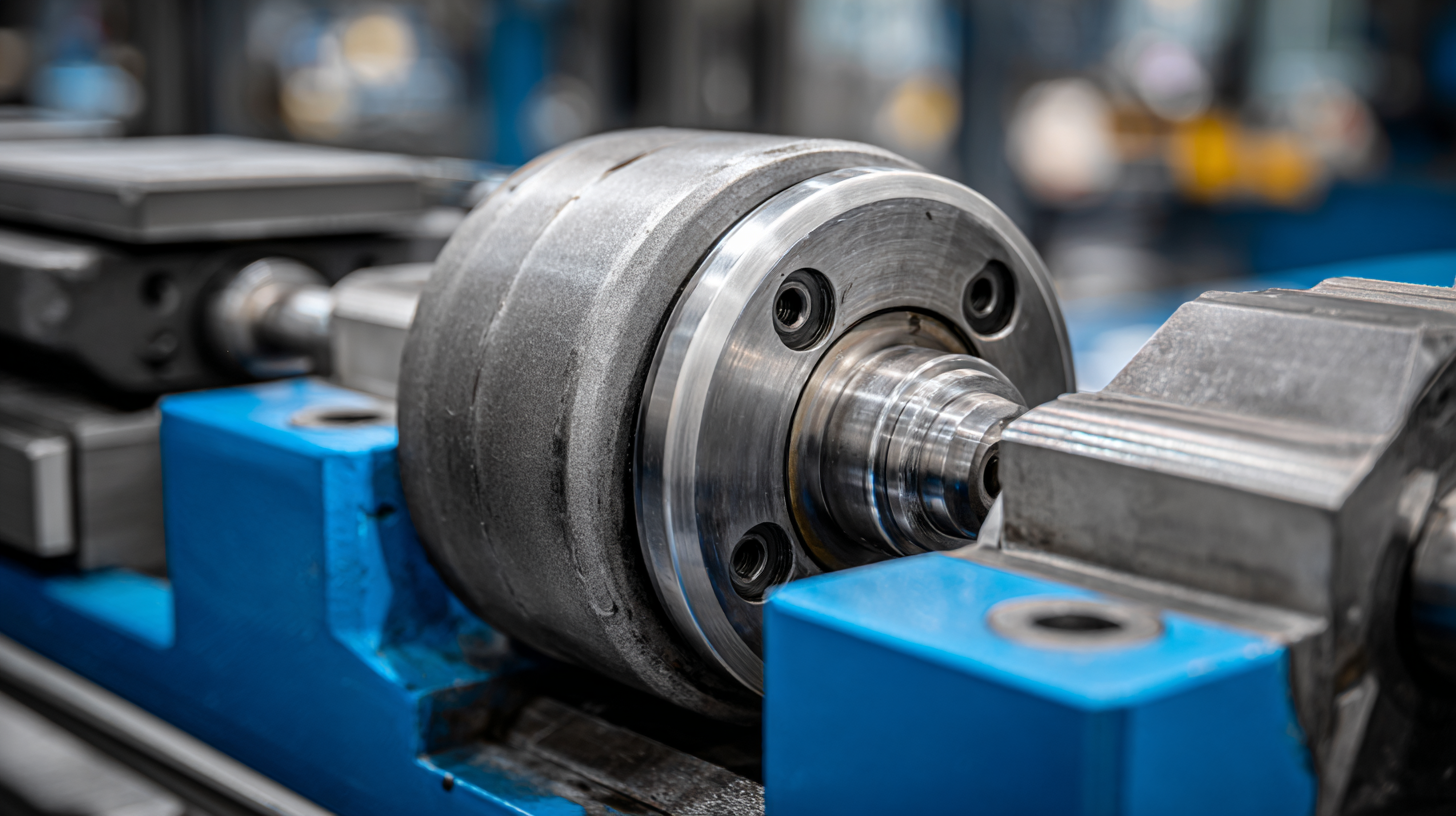
Understanding the Different Types of Cushion Bearings Available in the Market
When you're trying to pick the best cushion bearing for industrial use, it's pretty important to get a good handle on the different types out there. Cushion bearings come in a few varieties—like spherical, plain, and roller bearings—and each has its own perks. According to a report from Research and Markets, the global bearing market is expected to grow at about 5.5% CAGR from 2021 to 2026. This growth is mainly fueled by demand in sectors like manufacturing, auto, and aerospace—so it’s a pretty hot area right now.
Take spherical cushion bearings, for example. These are designed to handle misalignment, which makes them perfect for heavy machinery where even a tiny imbalance can cause major issues. A study by Technavio estimates that spherical bearings might make up around 30% of the market share as more industries jump on the automatic lubrication bandwagon—because it boosts both performance and lifespan. Then there are plain cushion bearings—simple, reliable, and often used in low-speed, moderate load settings. These are kinda the go-to for engineers after budget-friendly, low-maintenance options.
And let’s not forget roller cushion bearings—they pack a punch when it comes to handling heavy loads, especially in high-performance settings. Plus, with the latest materials being used, these bearings last way longer—some reports say up to 40% more fatigue life compared to older stuff. Knowing these little details really helps industries make smarter choices, ultimately leading to smoother operations and less downtime—who wouldn’t want that?
Key Factors to Consider When Selecting Cushion Bearings for Your Application
When you're choosing cushion bearings for your industrial projects, there are a few key things you really want to keep in mind to make sure they perform well and last a long time. First off, think about the load capacity you need—kind of how much weight or stress they'll have to handle. Since cushion bearings are great at absorbing shocks and vibrations, especially in tough environments, it’s crucial to pick ones that match the kind of loads your equipment will put them through.
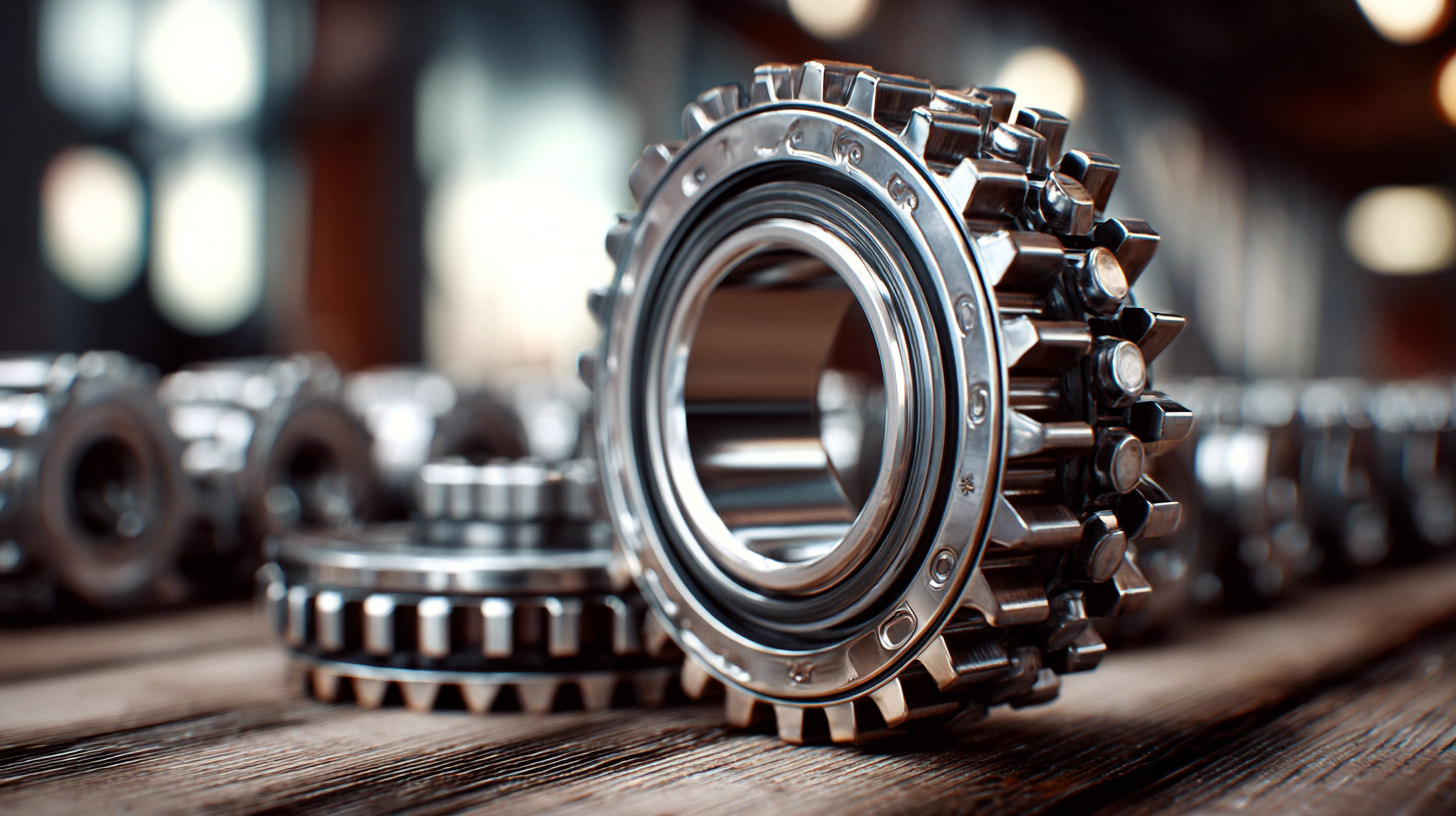
Then, don’t forget to consider the environment where they'll be used. Things like temperature, humidity, or exposure to rust-causing elements can really impact how well these bearings hold up. For example, in mining or farming setups, you’ll want bearings that are tough and weather-resistant. Here at Shandong Hangshuo Bearing Co., Ltd., we’ve got a wide range of high-quality bearings built for different industries—whether it's automotive, textile, or engineering machinery—you’ll find something that fits your specific needs. By paying attention to these details, you'll be making smarter choices and helping your machines stay reliable and running smoothly for longer.
Analyzing Load Capacity and Performance Ratings of Cushion Bearings
When you're choosing cushion bearings for specific industrial jobs, it’s really important to understand their load capacity and performance ratings. According to a technical paper from the American Bearing Manufacturers Association (ABMA), a cushion bearing’s load capacity depends on things like the material it’s made from, how well it’s lubricated, and the conditions it operates in. Most standard cushion bearings can handle between 300 and 1000 pounds in dynamic load, but some special designs can manage up to 2000 pounds—definitely a big deal for industries where weight distribution and shock absorption are super critical, like in cars or aerospace parts.
Performance ratings usually include things like the Bearing Life Rating (L10), which basically tells you how long the bearing is expected to last under a certain load. A recent study by ISO points out that bearings meant for higher loads tend to have an L10 life of around 40,000 hours or more, assuming everything’s running smoothly. Plus, factors like the coefficient of friction and vibration levels are super important—they need to match what your machinery actually needs. By digging into these details, engineers can pick the best cushion bearings, which means their machines will last longer and run more smoothly overall.
Impact of Material Selection on Cushion Bearing Durability and Efficiency
When you're choosing cushion bearings for industrial use, it's really important to think about how the material will hold up over time—that's a big deal for durability and efficiency. Picking the right material can actually make a huge difference in how well your machinery performs and can even save you money on maintenance down the line. For instance, materials like polyurethane are great because they absorb shocks well and resist wear, so they're perfect for high-impact settings. Also, keep in mind the specific conditions your equipment will face—things like temperature swings or exposure to chemicals—so you pick a material that stays strong and reliable week after week.
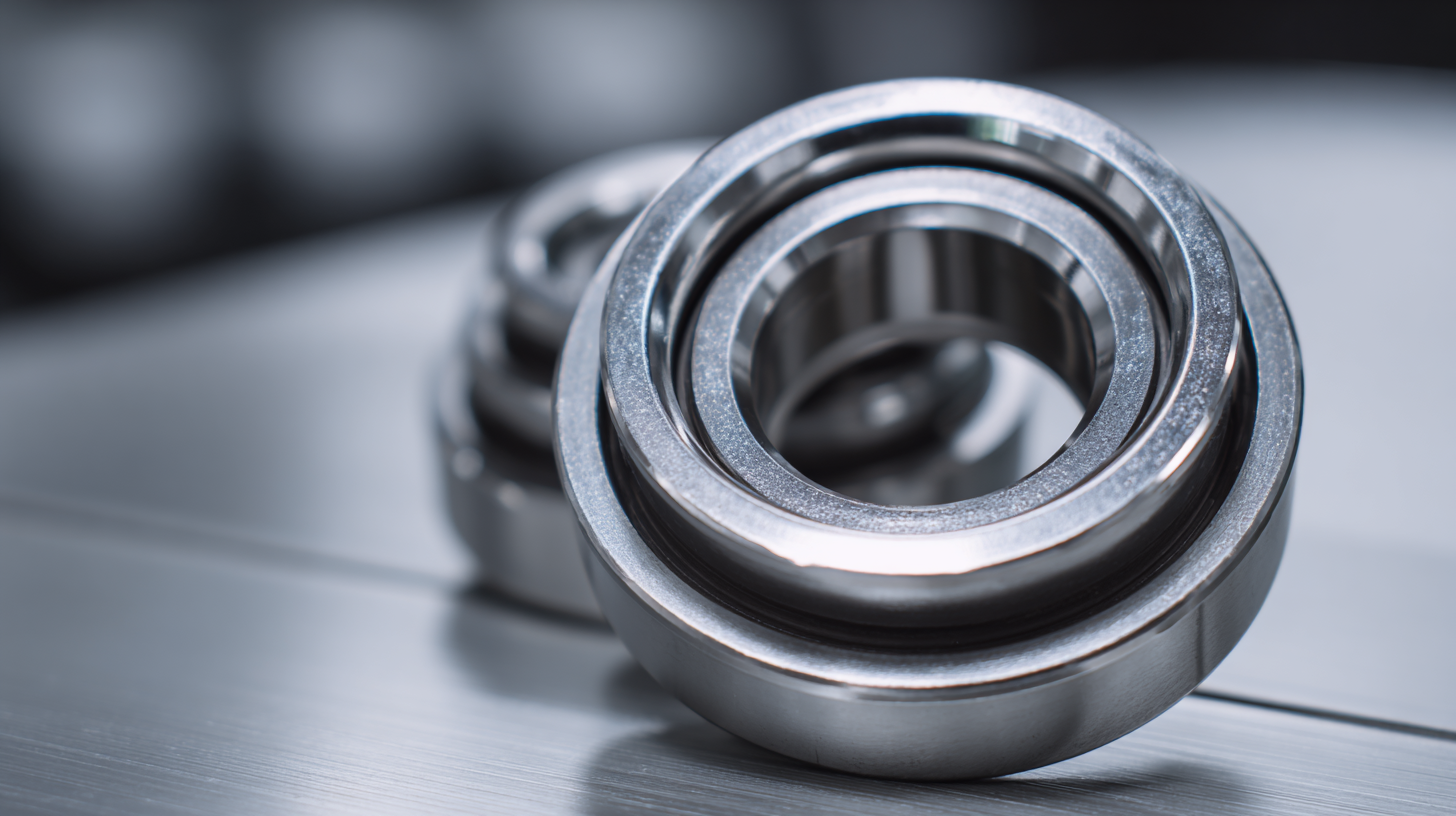
Here's a little tip: make sure to check what kind of loads your application will be handling. Using high-strength materials for your bearings can really help them handle heavier loads without getting deformed. Another cool development is composite materials—these are super light but also tough as nails, which means you get better efficiency especially when you need something that's both flexible and resilient. Basically, tailoring your cushion bearing to your specific needs is key to getting the most out of your equipment—more durability, less hassle.
Maintenance Tips for Maximizing the Lifespan of Your Cushion Bearings
Cushion bearings are pretty important in a bunch of industrial setups because they support parts and help cut down on friction when things move. If you wanna get the most out of them and make them last longer, you really gotta keep up with regular maintenance. I read somewhere—like in a report from the Machinery Failure Prevention Technologies (MFPT)—that bearings which are well taken care of can last up to half again as long as those that are just left alone. Crazy, right?
One of the most vital things you can do is keep them lubricated regularly. Lubrication helps cut down on wear and tear since it stops the parts from grinding directly against each other. Just make sure to use a lubricant that's compatible with the bearing's material—no point in causing more trouble! Also, setting up a routine to check on them can catch little issues before they turn into big problems. A quick visual inspection for any cracks, dents, or signs of heavy wear can save a lot of money down the line in repairs and downtime.
Another thing to keep in mind is where the bearings are operating. Extreme heat or cold, plus dust, moisture, and chemicals—these can really shorten their lifespan. The American Society of Mechanical Engineers (ASME) actually found that keeping conditions just right can boost how long cushion bearings last by about 30%. So, protecting them from nasty stuff like dirt and chemicals really pays off. If you stick to these simple maintenance tips, you'll not only keep things running smoother, but you'll also save some cash on repairs and replacement in the long run.
Comparison of Cushion Bearing Lifespan Based on Maintenance Frequency
Cost-Benefit Analysis: Investing in Quality Cushion Bearings for Long-Term Savings
When you're looking into cushion bearings for industrial stuff, it's super important to understand the whole cost versus benefit thing. At first glance, those cheaper options might seem like a good deal, but more often than not, they come with hidden costs—like needing to replace them more often or facing more downtime than you'd hope. On the flip side, spending a little extra on quality cushion bearings usually pays off in the long run because they tend to last longer and work more efficiently. That means in the end, you're probably saving money and hassle.
**Some tips to keep in mind:**
1. **Figure out what you really need:** Take a good look at your operations—think about how much weight they'll be rolling with, the environment they’re in, and how often they'll be used. Getting clear on this helps you pick bearings that actually match your budget and your needs.
2. **Go for trusted brands:** Sometimes, sticking with established brands is the way to go—they’re generally more reliable and durable. Don’t be shy about reading reviews or asking industry folks for recommendations. It’s worth the time to find manufacturers known for quality cushion bearings.
3. **Look at the whole picture:** Instead of just focusing on the upfront cost, consider everything—installation, maintenance, and possible replacements down the line. Choosing a high-quality bearing might seem pricier at first, but it can save you a ton of money over time because it lasts longer and doesn’t need replacing as often.
How to Choose the Best Cushion Bearing for Your Industrial Needs - Cost-Benefit Analysis: Investing in Quality Cushion Bearings for Long-Term Savings
| Cushion Bearing Type | Initial Cost ($) | Lifespan (Years) | Maintenance Frequency | Annual Maintenance Cost ($) | Total Cost Over 10 Years ($) | Cost-Benefit Ratio |
|---|---|---|---|---|---|---|
| Type A | 150 | 10 | Annual | 20 | 350 | 0.43 |
| Type B | 200 | 15 | Every 2 Years | 30 | 400 | 0.50 |
| Type C | 250 | 20 | Every 5 Years | 50 | 650 | 0.38 |
| Type D | 300 | 25 | Every Year | 25 | 900 | 0.33 |
Maximize Machinery Efficiency: The Benefits of 22230 CC/W33 Self-Aligning Roller Bearings for Optimal Performance
In the pursuit of maximizing machinery efficiency, the selection of the right components is crucial. One such component that stands out is the 22230 CC/W33 self-aligning roller bearing. These bearings offer remarkable advantages due to their design, which facilitates low friction rotation and accommodates angular misalignment. According to industry data, misalignment can cause substantial operational inefficiencies, leading to increased wear and tear on machinery components. The self-aligning feature of the 22230 CC/W33 bearings helps mitigate these issues, ensuring that machinery operates smoothly even under adverse conditions.
Implementing self-aligning roller bearings can significantly enhance the longevity and reliability of equipment. A report from [insert relevant industry source] revealed that machinery equipped with proper self-aligning bearings like the 22230 CC/W33 exhibit reduced downtime and maintenance costs, which can be lowered by up to 30%. This not only improves productivity but also contributes to a cost-effective approach in the long term. Furthermore, these bearings are particularly beneficial in applications that experience oscillating loads and variable alignment, making them an ideal choice for heavy-duty operations.
Adopting the 22230 CC/W33 self-aligning roller bearings is not just about improving efficiency; it’s about embracing a technology that aligns with industry standards and promotes optimal performance. The ability of these bearings to sustain higher loads while compensating for misalignment allows for smoother machinery operations, ultimately leading to enhanced output and reduced operational interruptions. In a competitive landscape, optimizing machinery performance through strategic bearing selection is key to achieving operational excellence.
FAQS
: The main types of cushion bearings include spherical, plain, and roller bearings, each designed for specific applications and load conditions.
Spherical cushion bearings are designed to accommodate misalignment, making them ideal for heavy machinery applications where load distribution is crucial.
Plain cushion bearings provide simplicity and reliability and are often used in low-speed and moderate-load applications, making them a budget-friendly solution for maintenance-free needs.
Roller cushion bearings have significant load-carrying capacities and are preferred in high-performance applications due to their advanced materials that improve fatigue life by up to 40%.
Key factors include the load capacity requirements, the operating environment (temperature, moisture, and exposure to corrosive materials), and the specific application needs.
Assessing load capacity ensures that the bearings can adequately support the weight and type of loads they will encounter, helping to prevent failures and enhance machinery reliability.
Operating conditions such as temperature and moisture can influence the durability and reliability of cushion bearings, particularly in extreme environments like mining or agriculture.
Cushion bearings are commonly used in manufacturing, automotive, aerospace, textile, and engineering machinery applications.
Choosing the appropriate cushion bearings can significantly boost operational efficiency and reduce downtime by ensuring that machinery operates reliably under varying load and environmental conditions.
Yes, the global bearing market is projected to grow, driven by increasing demand for cushioned supports in various sectors and the adoption of automatic lubrication systems for enhanced performance.
Conclusion
Choosing the right cushion bearing for your industrial setup is pretty important if you want your machinery to run smoothly and last longer. With so many types of cushion bearings out there, it can be a bit overwhelming figuring out which one is best. Getting a grip on their key features—like load capacity, performance ratings, and what materials they're made of—really helps you make a smart choice. And don’t forget, regular maintenance goes a long way in extending their lifespan, so you get the most bang for your buck.
At Shandong Hangshuo Bearing Co., Ltd., we’re all about making high-quality cushion bearings that fit a bunch of different uses—whether it’s automotive, mining, engineering, textiles, or agriculture. Our team’s expertise in designing and developing bearings means we can offer solutions that are not only tough but also save you money in the long run. Investing in top-notch cushion bearings can seriously boost the reliability and efficiency of your operations, so it's worth doing right from the start.
Related Posts
-
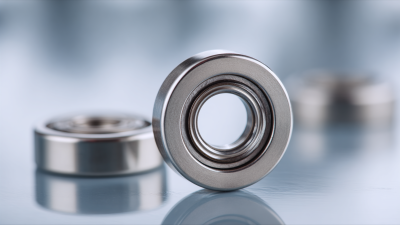
Exploring Unique Alternatives for Micro Miniature Bearings in Global Sourcing
-
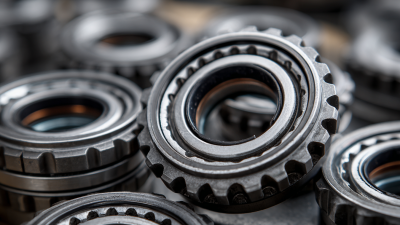
Top Strategies for Maximizing Performance with Miniature Tapered Roller Bearings
-
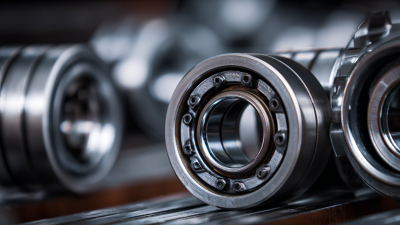
Ultimate Guide to Selecting the Right Thrust Needle Roller Bearing for Your Applications
-
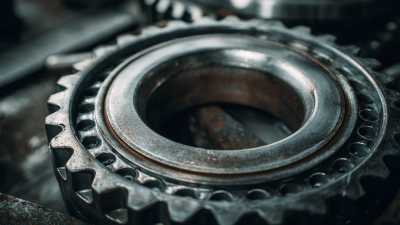
Ultimate Guide to Understanding 22206 Roller Bearing Specifications and Applications
-
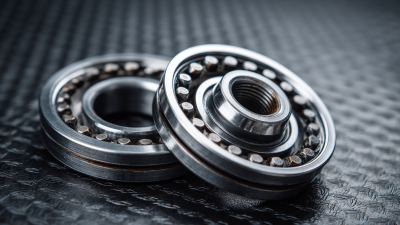
7 Tips to Optimize Your Miniature Flanged Ball Bearings for Maximum Performance
-
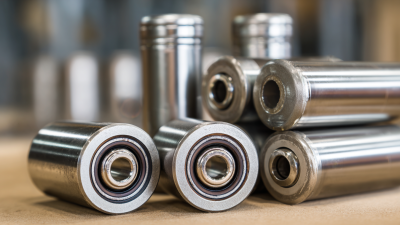
Maximizing Efficiency: The Unique Advantages of Cam Follower Needle Roller Bearings in Modern Manufacturing
Blog Tags:

